
Mastering Defensive Security. Effective techniques to secure your Windows, Linux, IoT, and cloud infrastructure Cesar Bravo, Darren Kitchen
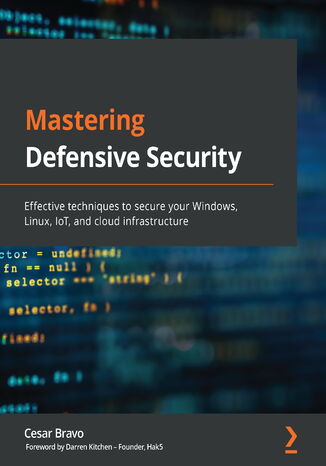



- Autorzy:
- Cesar Bravo, Darren Kitchen
- Wydawnictwo:
- Packt Publishing
- Ocena:
- Stron:
- 528
- Dostępne formaty:
-
PDFePub
 opcje wysyłki »
opcje wysyłki »
Opis
książki
:
Mastering Defensive Security. Effective techniques to secure your Windows, Linux, IoT, and cloud infrastructure
The book begins by establishing a strong foundation of cybersecurity concepts and advances to explore the latest security technologies such as Wireshark, Damn Vulnerable Web App (DVWA), Burp Suite, OpenVAS, and Nmap, hardware threats such as a weaponized Raspberry Pi, and hardening techniques for Unix, Windows, web applications, and cloud infrastructures. As you make progress through the chapters, you'll get to grips with several advanced techniques such as malware analysis, security automation, computer forensics, and vulnerability assessment, which will help you to leverage pentesting for security.
By the end of this book, you'll have become familiar with creating your own defensive security tools using IoT devices and developed advanced defensive security skills.
Wybrane bestsellery
Packt Publishing - inne książki
Dzięki opcji "Druk na żądanie" do sprzedaży wracają tytuły Grupy Helion, które cieszyły sie dużym zainteresowaniem, a których nakład został wyprzedany.
Dla naszych Czytelników wydrukowaliśmy dodatkową pulę egzemplarzy w technice druku cyfrowego.
Co powinieneś wiedzieć o usłudze "Druk na żądanie":
- usługa obejmuje tylko widoczną poniżej listę tytułów, którą na bieżąco aktualizujemy;
- cena książki może być wyższa od początkowej ceny detalicznej, co jest spowodowane kosztami druku cyfrowego (wyższymi niż koszty tradycyjnego druku offsetowego). Obowiązująca cena jest zawsze podawana na stronie WWW książki;
- zawartość książki wraz z dodatkami (płyta CD, DVD) odpowiada jej pierwotnemu wydaniu i jest w pełni komplementarna;
- usługa nie obejmuje książek w kolorze.
Masz pytanie o konkretny tytuł? Napisz do nas: sklep@helion.pl
Książka drukowana


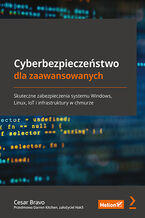




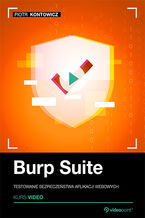

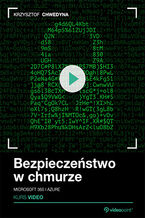


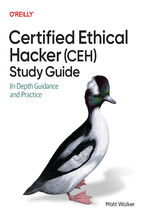









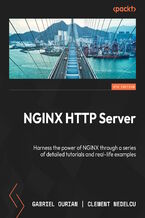
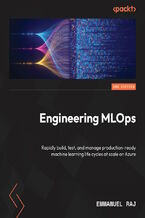



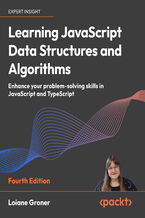
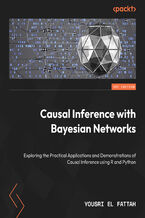





Oceny i opinie klientów: Mastering Defensive Security. Effective techniques to secure your Windows, Linux, IoT, and cloud infrastructure Cesar Bravo, Darren Kitchen
(0)